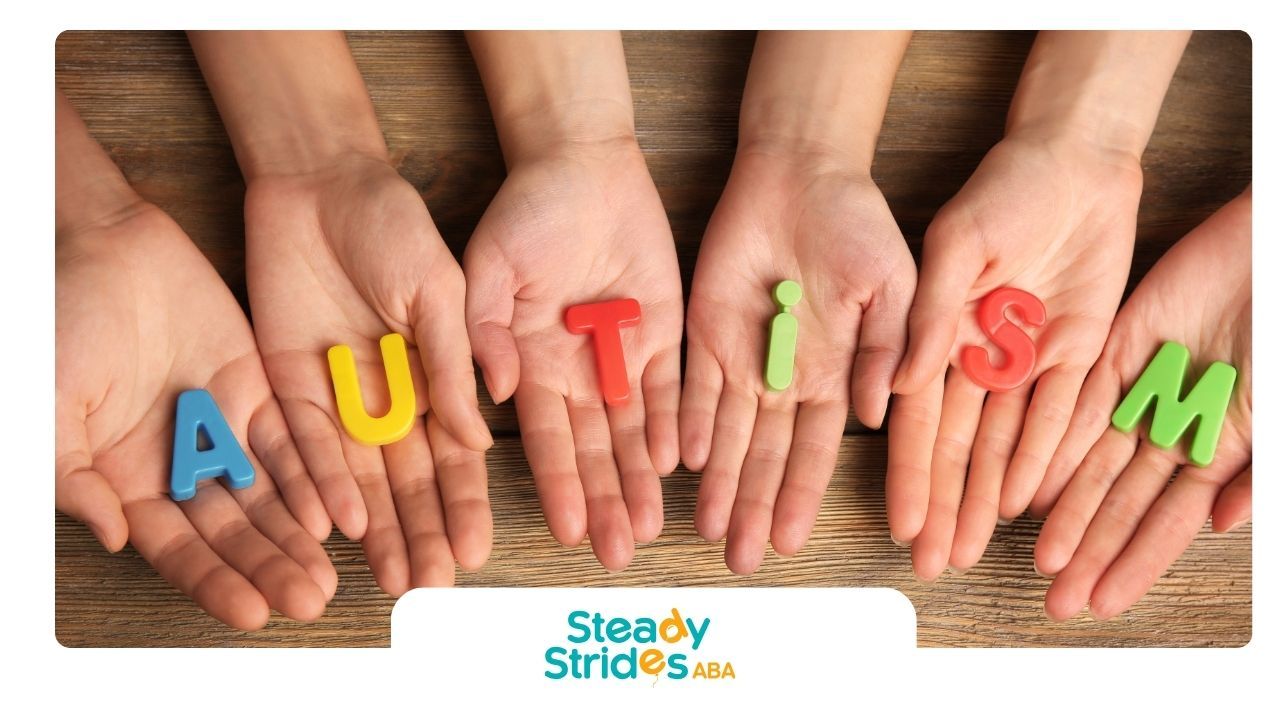Naturalistic teaching in ABA (Applied Behavior Analysis) is an effective, child-centered method of teaching, especially beneficial for children with autism. It blends structured ABA principles with the flexibility of real-life interactions, ensuring skills learned are meaningful and easily applicable to everyday life.
In this article, we'll explore the naturalistic teaching ABA definition, real-life examples, and how this method benefits children with autism.
What is Naturalistic Teaching in ABA?
Naturalistic teaching is an approach within ABA therapy that integrates learning into everyday activities. It focuses on using naturally occurring situations to teach skills, making learning enjoyable and relevant for children.
Naturalistic Teaching ABA Definition
The naturalistic teaching ABA definition refers to a teaching method where learning opportunities are built into natural environments. It’s designed to take advantage of a child’s everyday experiences to teach new skills. This child-led approach allows for more organic learning moments compared to traditional ABA methods.
Key Principles of Naturalistic Teaching
- Child-Led: The child’s interests dictate the learning opportunities.
- Natural Reinforcement: Rewards are directly linked to the child’s actions in the environment.
- Contextual Learning: Learning takes place within the context of the activity, helping the child apply skills in real-world scenarios.
How Does Naturalistic Teaching in ABA Work?
Naturalistic teaching leverages a child's interests to create learning opportunities during play, meals, or other daily activities. This allows children to learn in a way that is both meaningful and engaging.
Step-by-Step Process
- Identify the Child's Interest
The first step is identifying what the child is currently interested in. Whether it’s a toy, an activity, or a snack, the child's interest becomes the foundation for teaching. - Embed Learning in the Activity
The therapist incorporates ABA techniques into the child’s chosen activity. For example, if a child is playing with cars, the therapist might use this as an opportunity to teach turn-taking or requesting. - Reinforce the Desired Behavior
Reinforcement occurs naturally in the context of the activity. If the child successfully requests a toy, the toy itself becomes the reinforcement.
Example of Naturalistic Teaching in Action
A common naturalistic teaching ABA example might involve a child who loves playing with blocks. The therapist could introduce turn-taking by asking the child to request a block from them. The child learns the social skill of requesting while engaged in an activity they enjoy.
Benefits of Naturalistic Teaching ABA
Naturalistic teaching offers several unique advantages over traditional, structured ABA methods, particularly for children who thrive in more flexible environments.
1. Generalization of Skills
Because learning happens in natural settings, children are more likely to use the skills they acquire across different environments, such as home, school, and social settings.
2. Increased Engagement
Children are naturally more engaged when learning revolves around their interests. This leads to better motivation and a greater likelihood of success.
3. Real-World Application
Since skills are taught in everyday situations, children can immediately apply what they’ve learned to real-life scenarios, making the learning more practical and functional.
Naturalistic Teaching ABA Example
Let’s break down a naturalistic teaching ABA example to see how it’s applied in real life:
Teaching Communication During Snack Time
Imagine a child eating snacks. During snack time, a therapist might pause before giving the child their preferred snack and prompt them to request it. This could involve verbal communication, sign language, or even a gesture, depending on the child’s communication level.
Social Skills Through Play
A child playing with dolls could be guided to interact with peers by practicing sharing or engaging in pretend play. The therapist follows the child’s lead and embeds learning opportunities, such as teaching how to ask for a turn or respond to others during play.
Naturalistic Teaching vs. Traditional ABA
Though both approaches use the principles of ABA, naturalistic teaching differs from traditional ABA in several key ways.
Structured vs. Unstructured Learning
Traditional ABA: In traditional ABA, sessions are highly structured, often with specific tasks and goals set by the therapist.
Naturalistic Teaching: This method is more flexible and occurs in a less structured environment, allowing the child to dictate much of the learning process.
Learning Environments
Traditional ABA: Often occurs in a clinical setting or a controlled environment.
Naturalistic Teaching: Takes place in the child’s natural environment, such as at home, in the park, or during everyday activities.
Reinforcement Strategies
Traditional ABA:
Reinforcement may be more arbitrary, such as giving a sticker for completing a task.
Naturalistic Teaching: Reinforcement is directly linked to the activity. For example, if a child asks for a toy, receiving the toy is the reinforcement.
How to Implement Naturalistic Teaching at Home
Parents and caregivers can easily implement naturalistic teaching strategies in their daily routines. Here’s how you can get started:
1. Follow Your Child’s Lead
Observe what your child is interested in, whether it’s playing with toys, watching a show, or engaging in physical activities. Use these interests to introduce learning moments.
2. Use Natural Reinforcements
Reinforce the child’s behavior by providing them with what they requested or showed interest in. For example, if they ask for a snack, give them the snack as a reward for communicating.
3. Incorporate Learning into Everyday Routines
Teach skills like communication, social interaction, and problem-solving by embedding them into everyday routines, such as getting dressed, playing, or mealtime.
Conclusion
Naturalistic teaching in ABA is a highly effective method that focuses on using everyday interactions to teach valuable skills. This flexible approach helps children learn in a way that’s natural and engaging, leading to better generalization of skills across various environments.
At Steady Strides, we incorporate engaging techniques, such as naturalistic teaching, in both our center-based and in-home ABA therapy services across Texas. Whether you’re seeking ABA therapy for autism or other behavioral challenges, our team of experienced professionals is here to help. Contact us today to learn more about how naturalistic teaching and ABA can make a difference in your child’s development.
FAQs
What is naturalistic teaching in ABA?
Naturalistic teaching in ABA is an approach that embeds learning opportunities into everyday activities and uses the child’s interests to guide the session.
How is naturalistic teaching different from traditional ABA?
Unlike traditional ABA, naturalistic teaching is flexible and happens in the child’s natural environment, such as at home or during playtime.
Can parents implement naturalistic teaching?
Yes! Parents and caregivers can easily incorporate naturalistic teaching strategies into daily activities, such as playtime or mealtime, by following the child’s interests.













